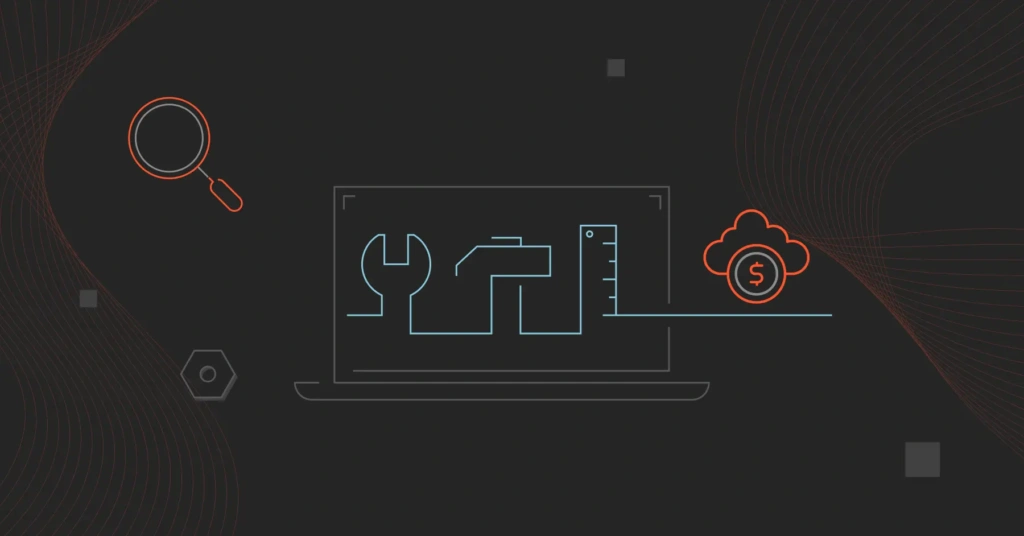Gartner predicts that by the end of 2025, 80% of organizations will use cloud automation tools to orchestrate workloads. The firm also forecasts that spending on public cloud services will hit $679 billion by the end of 2024, with SaaS leading the cloud computing market.
This surge in cloud spending will shape the future of SaaS, and cloud automation tools will play a key role in this transformation.
This blog features a list of cloud automation tools divided into several categories to help you find the best tools for your current and future needs.
But first, we will explore some of the latest trends in cloud automation.
The Latest Cloud Automation Advancements And Cloud Automation Trends
The integration of AI and machine learning in cloud services is changing how organizations use the cloud. Features like predictive analytics and intelligent data processing are revolutionizing cloud automation. But it doesn’t end there. Here are more trends that we are currently seeing.
Edge computing brings cloud computation closer to data
Edge computing continues to shape cloud automation by bringing computation closer to the data source. This trend is crucial for IoT devices and industries that need real time data insights, as it reduces latency.
In SaaS, edge computing is a catalyst for applications to deliver faster and more responsive services to users. A prime example is Netflix. The company uses edge computing to store data closer to users, resulting in smoother streaming experiences.
As this technology advances, adding tools for managing and deploying edge infrastructure will impact cloud automation. This merging will enhance efficiency and reduce operational costs for SaaS providers.
Real time cloud infrastructure boosts efficiency
The need for real time data processing is rising, leading to the adoption of real time cloud infrastructure. Finance, healthcare, and e-commerce companies rely on this trend to analyze and act on data, allowing for quicker decision-making and more agile operations.
5G and upcoming 6G networks will elevate cloud computing by offering quicker data transfer. This progress will enable sectors to rely on quick insights to boost their services and operations.
Improving real time cloud infrastructure will involve adding even more advanced cloud automation tools for managing and deploying resources. These tools will optimize costs, performance, and responses.
Serverless frameworks make AI/ML workloads easier
The use of serverless computing frameworks for AI and ML tasks is becoming popular. These frameworks allow developers to use AI models and ML algorithms without managing the underlying infrastructure.
The demand for scalable ways to deploy and manage AI/ML applications is fueling this trend. By eliminating the need to manage infrastructure, developers can focus on building and refining models.
Serverless frameworks enable quick deployment and promote innovation in AI/ML projects. As this trend continues, it will impact AI and ML development by offering a more flexible way to handle complex workloads.
Cloud-native development becomes more popular
There is a growing interest in cloud-native development. This approach involves creating and launching applications designed for cloud environments. It uses containerization, microservices, and serverless computing to develop scalable and resilient applications.
Cloud-native applications can be rapidly developed and updated, aligning with DevOps best practice, and enabling continuous delivery. As cloud-native development becomes the norm, automation tools are evolving to meet the specific needs of these applications. This ensures efficiency and reliability.
By adopting cloud-native development, businesses can also expedite deployment times and enhance their adaptability.
Sustainability and environmental responsibility drive cloud innovation
The focus on sustainability is growing in cloud computing. There is an increasing effort to create environmentally friendly cloud solutions. This involves improving energy efficiency in data centers and using sustainable energy sources.
Cloud automation tools will be essential in these efforts. These tools will continue to transform to embrace practices promoting environmental accountability.
Autonomous cloud infrastructure revolutionizes cloud computing
Autonomous cloud infrastructure refers to self-managing cloud environments that automatically adjust to changes in workloads, failures, and demand without human intervention. This includes using AI and ML algorithms to monitor and manage cloud resources.
The need for resilient and adaptive cloud infrastructures drives this trend. These infrastructures handle dynamic and unpredictable workloads, reducing the need for manual oversight. This allows teams to focus on strategic initiatives while maintaining high efficiency and reliability.
This technology will revolutionize cloud computing for businesses, enabling them to adapt to changing conditions and maintain robust operations.
Best Cloud Automation Tools For FinOps
FinOps ensures financial efficiency and aligns cloud spending with business objectives. The best cloud automation tools for FinOps offer real time visibility into cloud costs. They help teams track and allocate costs accurately.
They also automate the monitoring and optimization of cloud resources by analyzing usage and market trends. Here are the best cloud automation tools for FinOps.
1. CloudZero
CloudZero is a cost intelligence platform that empowers FinOps teams with advanced cost data and automation. Its many features offer detailed insights and control over cloud spending.
CloudZero Analytics offers one-click access to insights relevant to different teams, automating the analysis process. Users can drill down into specific metrics and gain actionable insights. This helps them make informed decisions to optimize their cloud spending.
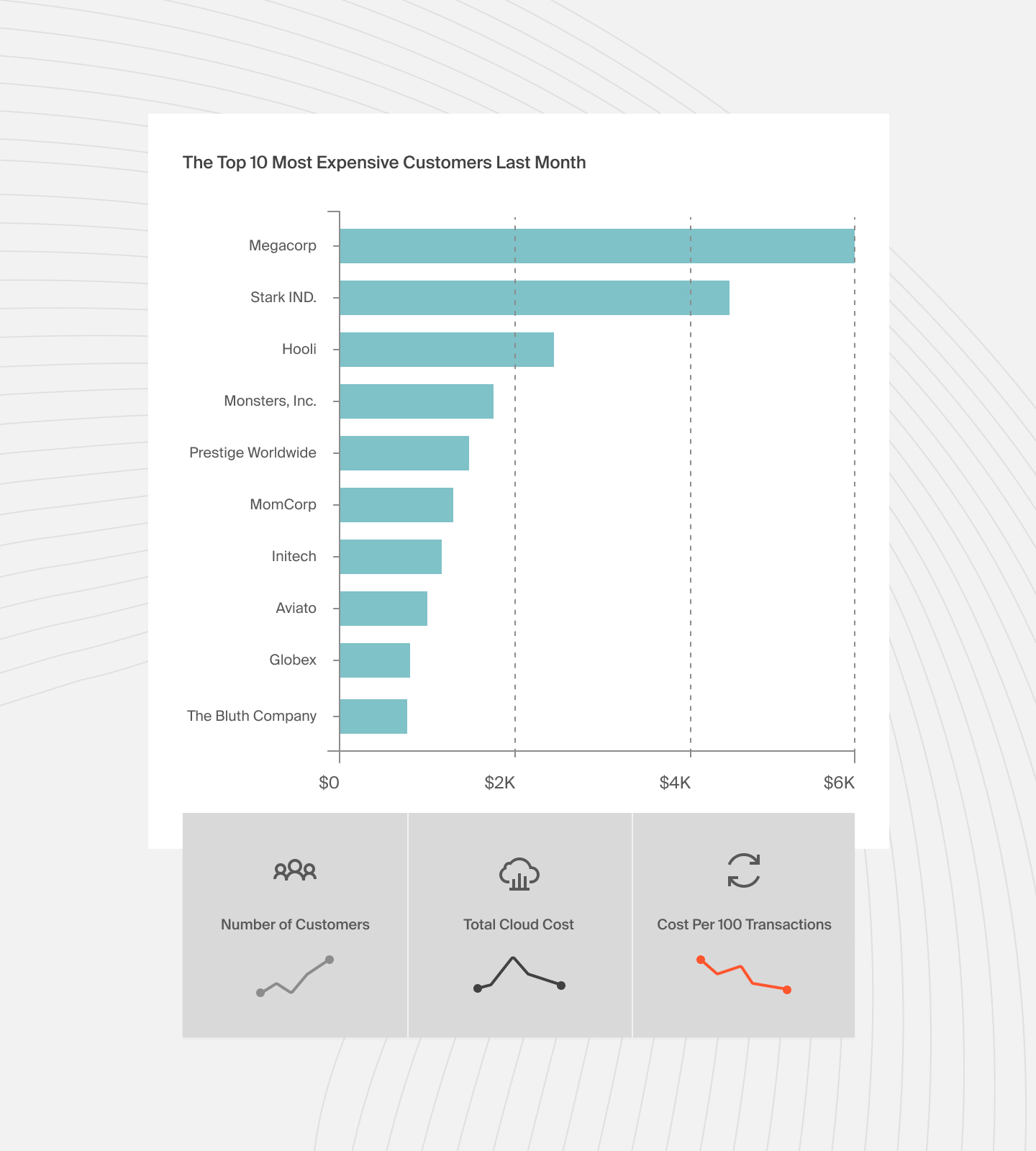
CloudZero’s Kubernetes cost visibility provides a detailed allocation of Kubernetes spend at an hourly granularity. FinOps teams can track and allocate costs associated with Kubernetes workloads. This data integrates with other cloud spending, helping teams understand the true cost of their Kubernetes environments and optimize their resource usage.
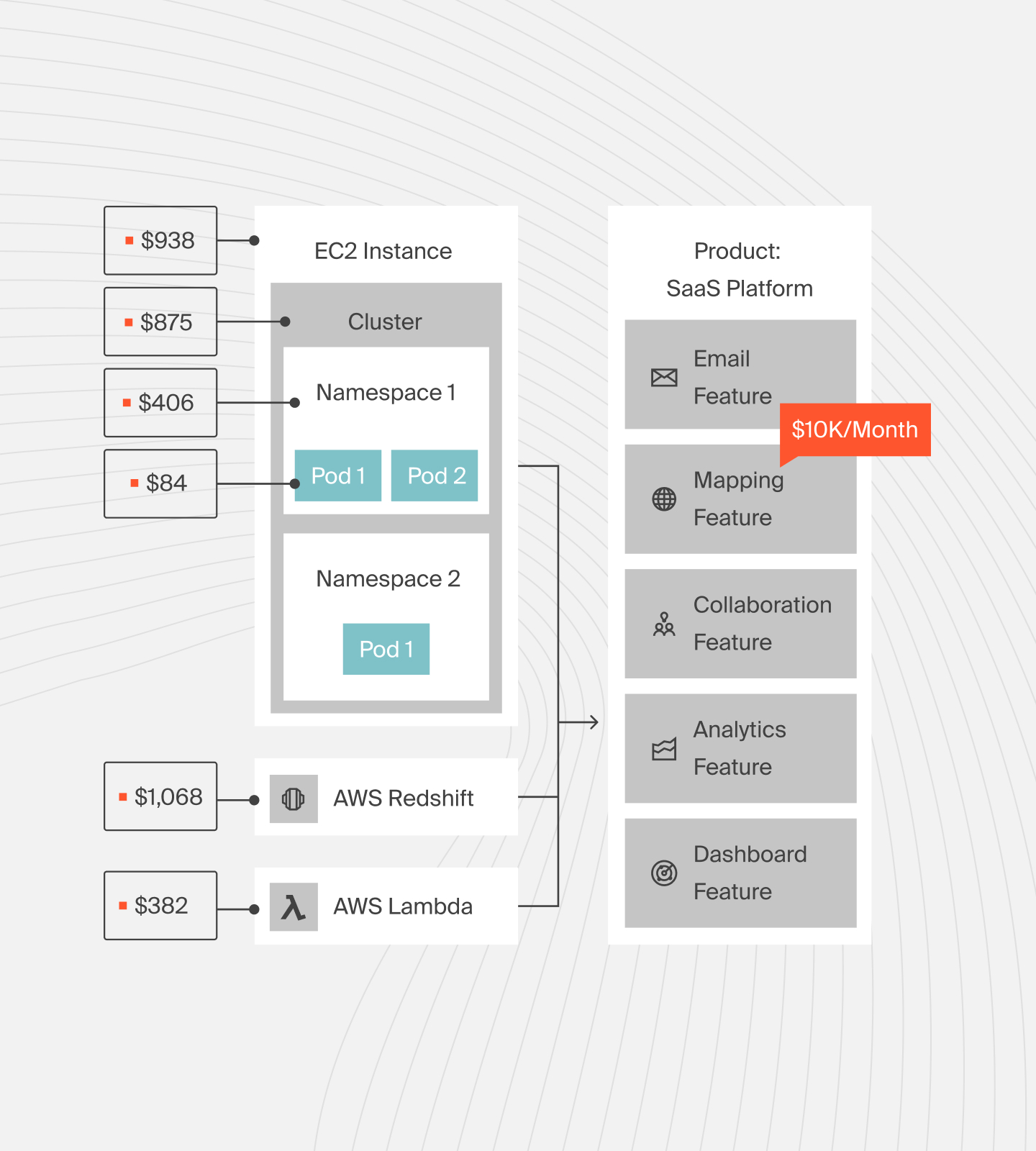
CloudZero fosters a culture of cost-conscious engineering. It empowers engineers with tools and insights to make cost-efficient decisions. Engineers can see the financial impact of their actions through an intuitive Explorer interface and cost anomaly alerts, and make smarter choices.
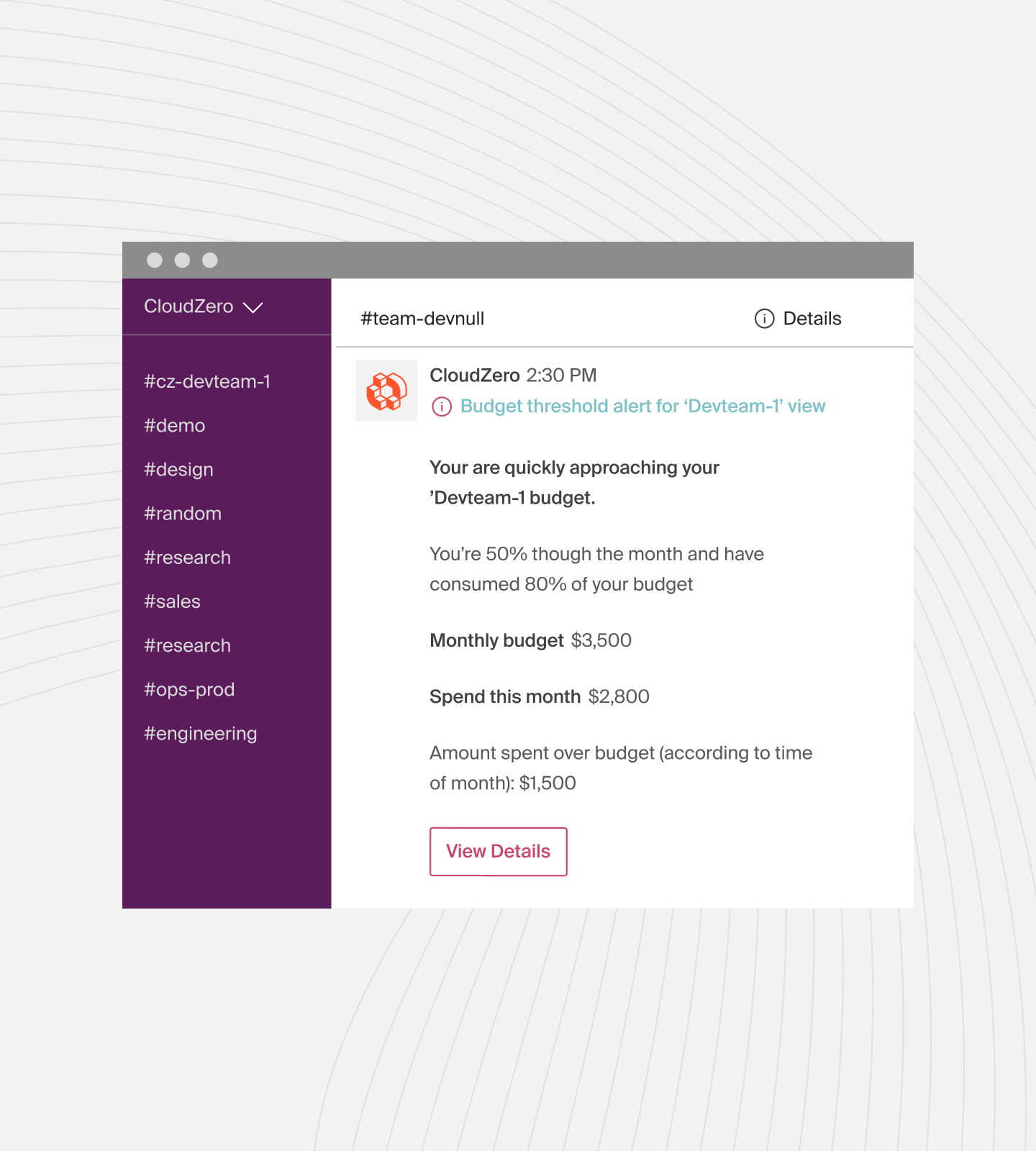
CloudZero unifies all cloud data in a single pane of glass, providing a consistent view of cloud costs across the organization. This inclusive approach ensures that all stakeholders have access to the same financial metrics, driving alignment over business-relevant metrics and making everyone feel included and informed.
CloudZero also features AnyCost™ technology, ensuring that 100% of your spend is ingested from all cloud, PaaS, and SaaS vendors. This holistic view lets FinOps teams see the complete picture of their cloud costs.
By integrating costs from multiple sources, CloudZero provides comprehensive financial data. This is crucial for cost management and optimization.
2. ProsperOps
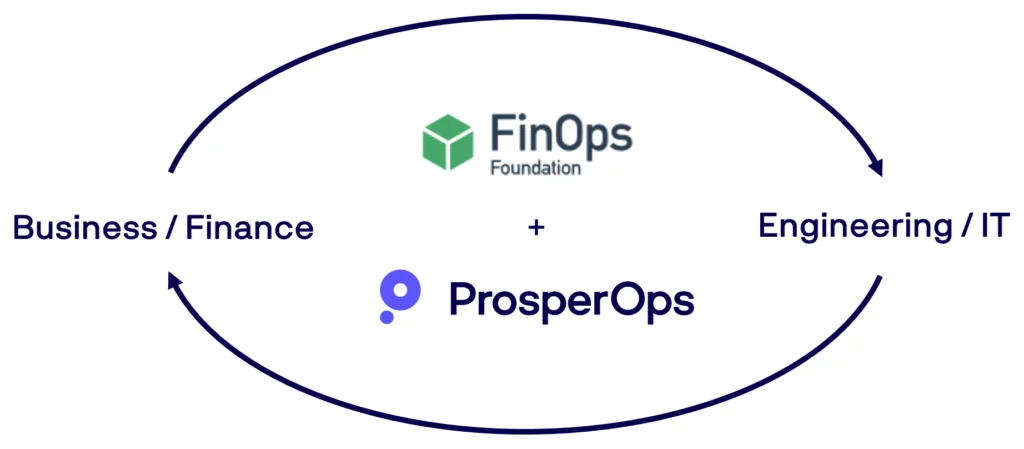
ProsperOps is a cost optimization tool that focuses on increasing the ROI of cloud investments with automated cost-saving strategies. The tool optimizes cloud costs by managing and maximizing savings from AWS Reserved Instances and Savings Plans.
It continuously analyzes usage patterns and market trends to dynamically adjust and rebalance RIs and Savings Plans to optimize savings. This automated approach eliminates the need for manual involvement, thus freeing the FinOps teams to focus on strategic initiatives.
ProsperOps also offers detailed, real time reporting and analytics. This gives the FinOps teams visibility into their cost savings and optimization opportunities.
Users can monitor savings progress on the tool’s dashboard, predict future costs, and identify saving opportunities. These insights help organizations make well-informed financial decisions.
Additionally, ProsperOps partners with CloudZero and Xosphere to further cloud cost management. It integrates with CloudZero to offer a unified view of cloud spending and optimization efforts. This fosters alignment and collaboration between engineering and finance teams.
3. Harness

Harness is a CD platform that optimizes the software delivery process. It helps FinOps teams control cloud costs while maintaining high productivity in their development processes.
Its continuous delivery platform automates deployment to ensure quick, reliable, and consistent application releases. Harness automatically verifies the success of deployments and reverts changes when needed.
It also oversees the deployment process using AI/ML algorithms with minimal human involvement. This automation reduces the chance of deployment errors and system downtime. It also frees up DevOps and FinOps teams to focus on cutting costs and boosting efficiency.
Harness manages cloud costs through its Cloud Cost Management (CMM) module. This feature gives FinOps teams real time insight into cloud costs. It also allocates costs accurately and identifies opportunities to reduce costs.
Harness ensures that cost management is a key aspect of the software delivery process by incorporating it into the CI/CD pipeline. This integration helps teams make informed decisions on resource usage.
Harness also supports multi-cloud environments. It integrates with popular cloud services, allowing organizations to manage and optimize cloud resources from one central interface.
Top Cloud Automation Tools For DevOps
Cloud automation tools improve efficiency and ensure smooth integration and deployment processes in DevOps. They help automate repetitive tasks and complex processes and manage cloud resources, resulting in better teamwork and a quicker delivery cycle. Here are the best cloud automation tools to consider for your DevOps workflow.
4. CFEngine
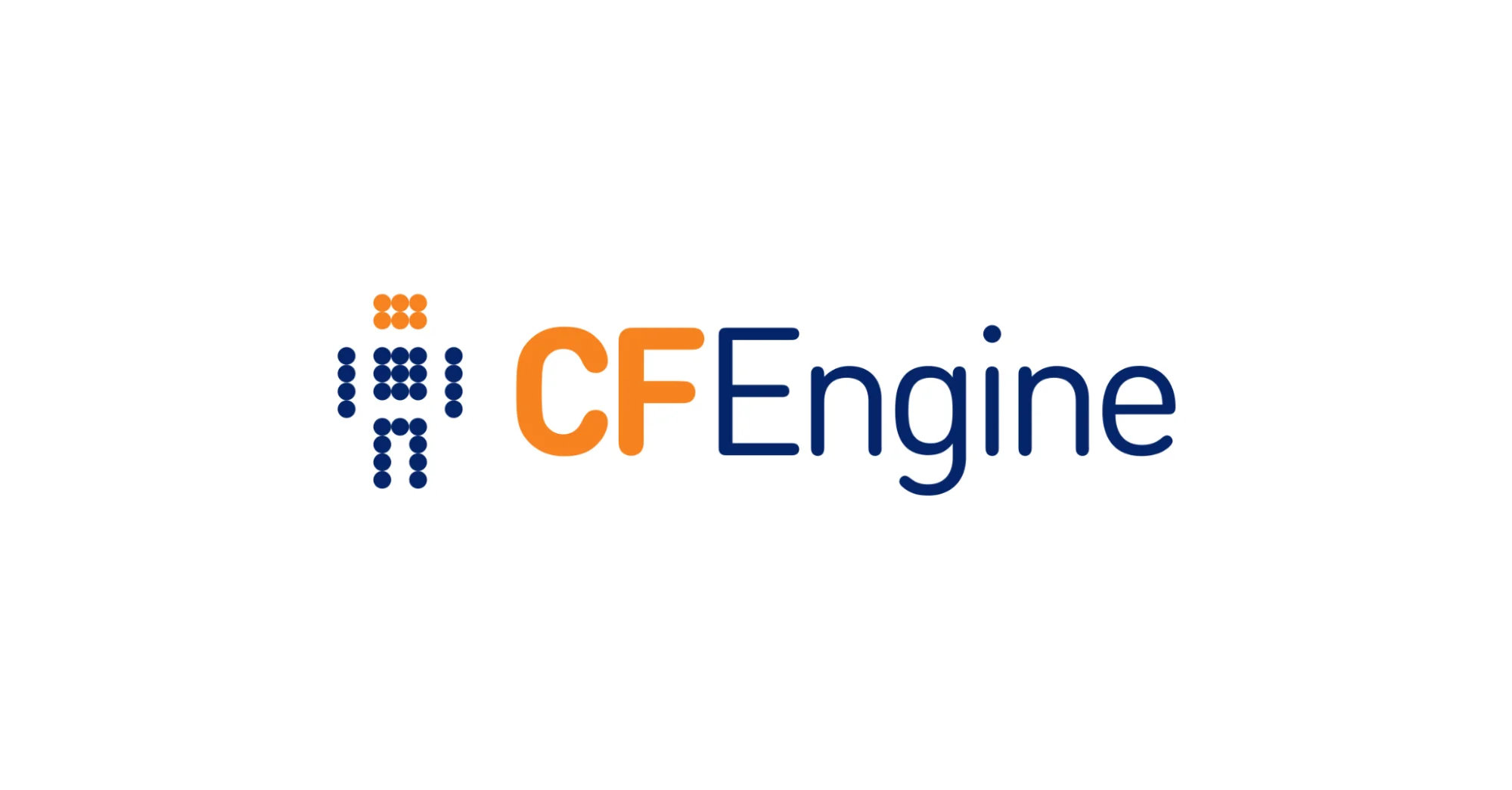
CFEngine is a configuration management tool known for its scalability and operational efficiency. It automates complex IT infrastructure configuration, control, and monitoring.
The tool handles thousands of nodes with minimal resources. Its lightweight agent delivers high performance and manages complex environments efficiently. This helps DevOps teams to control infrastructures without sacrificing performance and speed.
CFEngine employs policy-based management to define the system’s desired state. It then continuously monitors and ensures compliance, keeping the infrastructure as desired. This reduces the chance of poor configuration and ensures reliability.
It offers robust security and compliance capabilities, including audit logs and compliance reporting. These allow DevOps teams to fulfill strict regulatory requirements and security standards.
CFEngine is also compatible with Unix-based systems, Windows, and others. This support across different platforms enables DevOps teams to handle diverse environments using a single tool.
5. Ansible
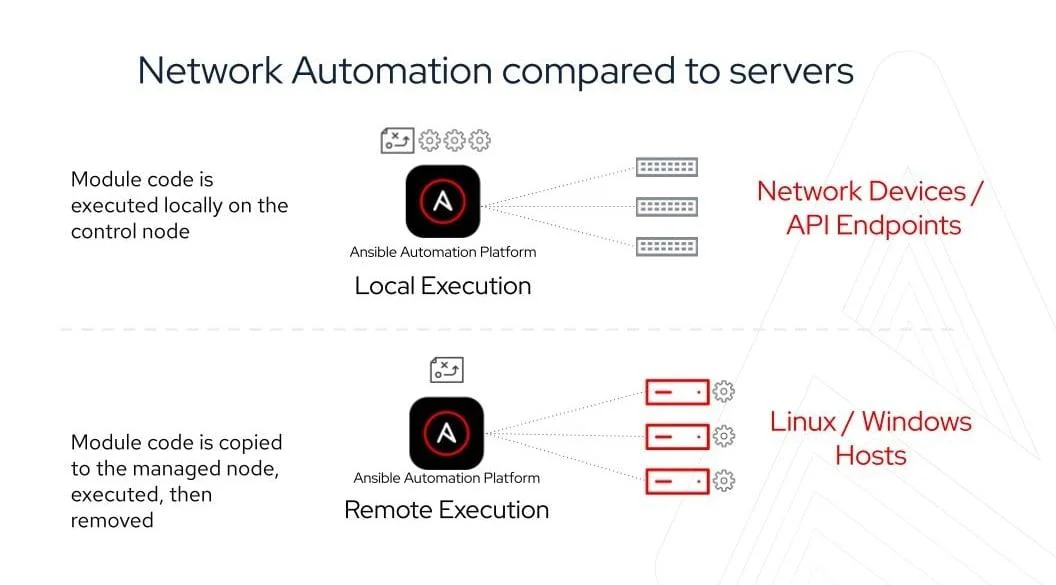
Ansible by Redhat is an open-source tool for cloud automation and orchestration. It automates configuration management and tasks and deploys applications in various IT environments.
One of Ansible’s robust features is its agentless architecture. This means it can work across different systems and environments without becoming outdated. Unlike most configuration tools requiring nodes, Ansible utilizes SSH for server communication. This simplifies management and security, particularly in environments with strict security measures.
Agentless architecture also enables DevOps teams to create automation scripts (playbooks) and use a human-readable YAML syntax. This does not require advanced programming skills, thus boosting efficiency and accessibility.
Ansible is compatible with Linux, Windows, and cloud platforms like AWS, Azure, and Google Cloud. This compatibility ensures that DevOps teams can automate and coordinate tasks across different environments with minimal effort.
Through its enterprise version, Red Hat Ansible Tower, Ansible also focuses on orchestration. It offers a centralized dashboard that manages deployments and workflows. Role-based access control, job scheduling, and graphical inventories features foster collaboration among teams.
6. Orca Security
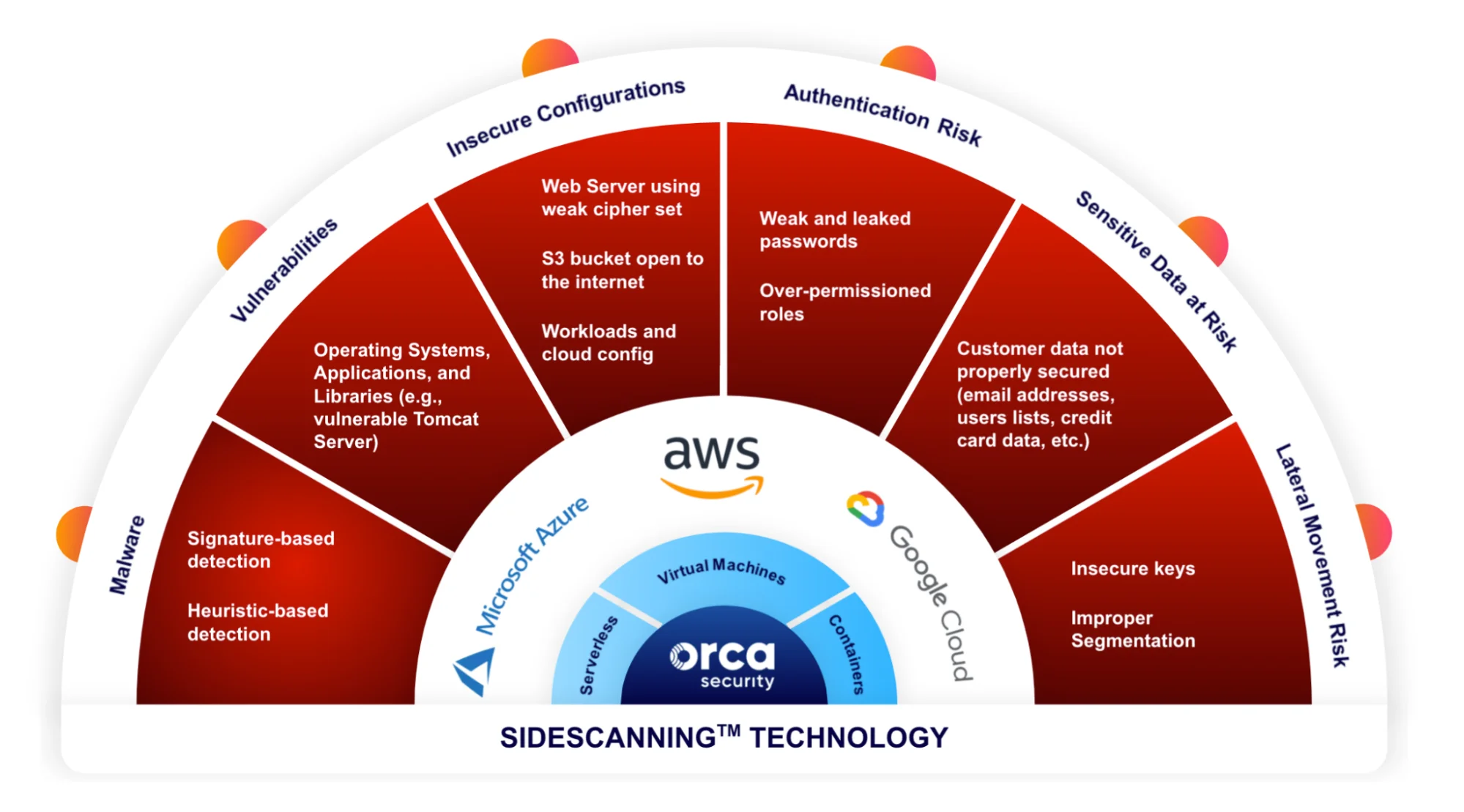
Orca Security is a security and compliance tool. It helps DevOps teams identify and address risks by offering a comprehensive view of security in different cloud services. It then automates cloud security to ensure secure infrastructure while maintaining development speed.
Orca Security also features agentless architecture. It integrates directly with the cloud provider’s API. This approach avoids complex installations and maintenance, thus providing visibility across the entire cloud environment. This is highly advantageous for DevOps teams overseeing flexible and scalable cloud infrastructures.
Orca Security excels in delivering in-depth, critical security information. It merges workload performance data with cloud setup data to offer a unified outlook on security threats. Based on this data, the tool offers top-priority insights, thus helping teams address the most critical issues promptly.
Its security and compliance feature also monitors the cloud for threats and breaches. It sends real time alerts and reports that ensure DevOps teams can work with confidence, knowing that their infrastructure aligns with industry standards and regulations.
7. Please.build
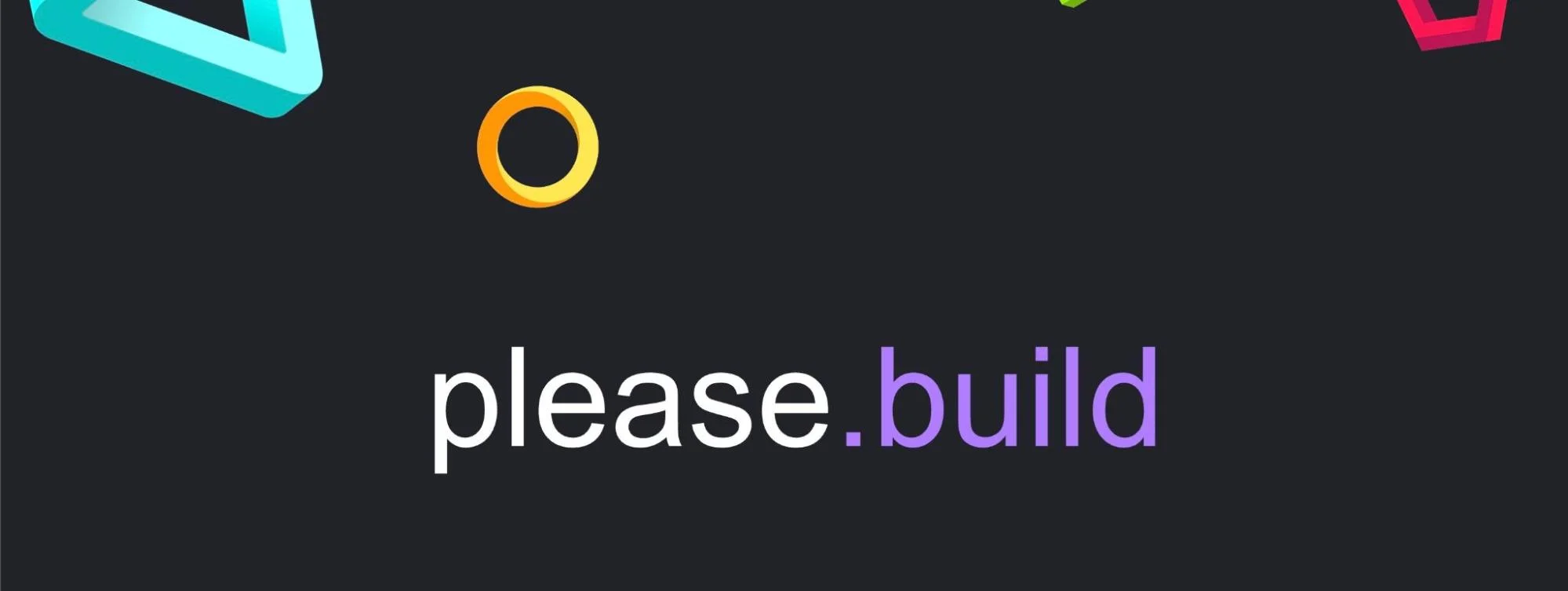
Please.Build is a cross-language build platform owned by Thought Machine. The tool is notable for its focus on speed and flexibility in the build process, making it one of the top DevOps tools.
Please.build’s ability to run tasks simultaneously is a standout feature that allows several build tasks to be carried out at once. It uses every CPU core to accelerate builds. This enables DevOps teams to release updates and features quickly, thus optimizing their processes and enhancing productivity.
Please.build also supports a variety of programming languages, from Python and Java to Go and Rust. This flexibility enables DevOps teams to use one build system for all their projects.
Moreover, it integrates with most CI/CD tools and version control systems, making it ideal for modern DevOps processes. Teams can use its features to tailor their build pipelines to meet their specific needs.
Best Cloud Automation Tools For Engineering Teams
Cloud automation tools guarantee consistency and reliability in engineering teams’ workflow. The tools speed up project timelines and free up teams to focus on other innovative areas of development. They also offer insights into application performance and resource use. Here are the best:
8. Bitbucket
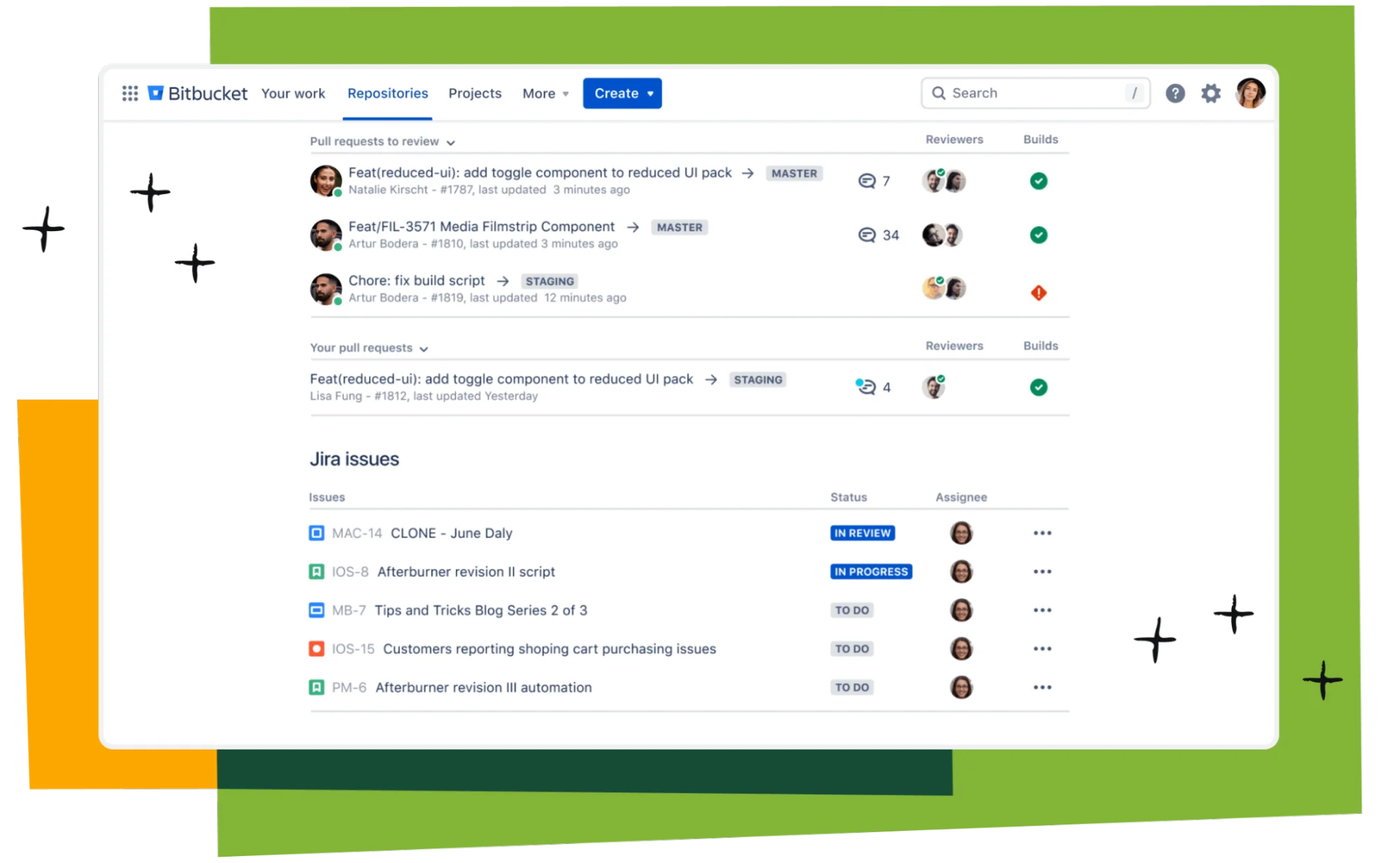
Bitbucket is a repository hosting service that facilitates collaboration between engineering teams.
It is a flexible tool for various engineering projects with support for both Git and Mercurial. It also integrates with other Atlassian products for quicker project management and documentation.
Its CI/CD feature, Bitbucket Pipelines, helps teams automate the build, test, and deployment procedures straight from the repository. This eliminates the need for separate build servers, streamlining the development process. It also guarantees quicker software delivery.
The tool features collaborative features such as code reviews and inline comments. These encourage continuous improvement and ensure code quality. They also promote the sharing of knowledge among team members.
Engineering teams that manage critical data and intellectual property require robust security and compliance features. Bitbucket supports IP whitelisting, two-factor authentication, and more. Its audit logs and compliance reports help teams adhere to industry standards and regulatory requirements.
9. CloudTest
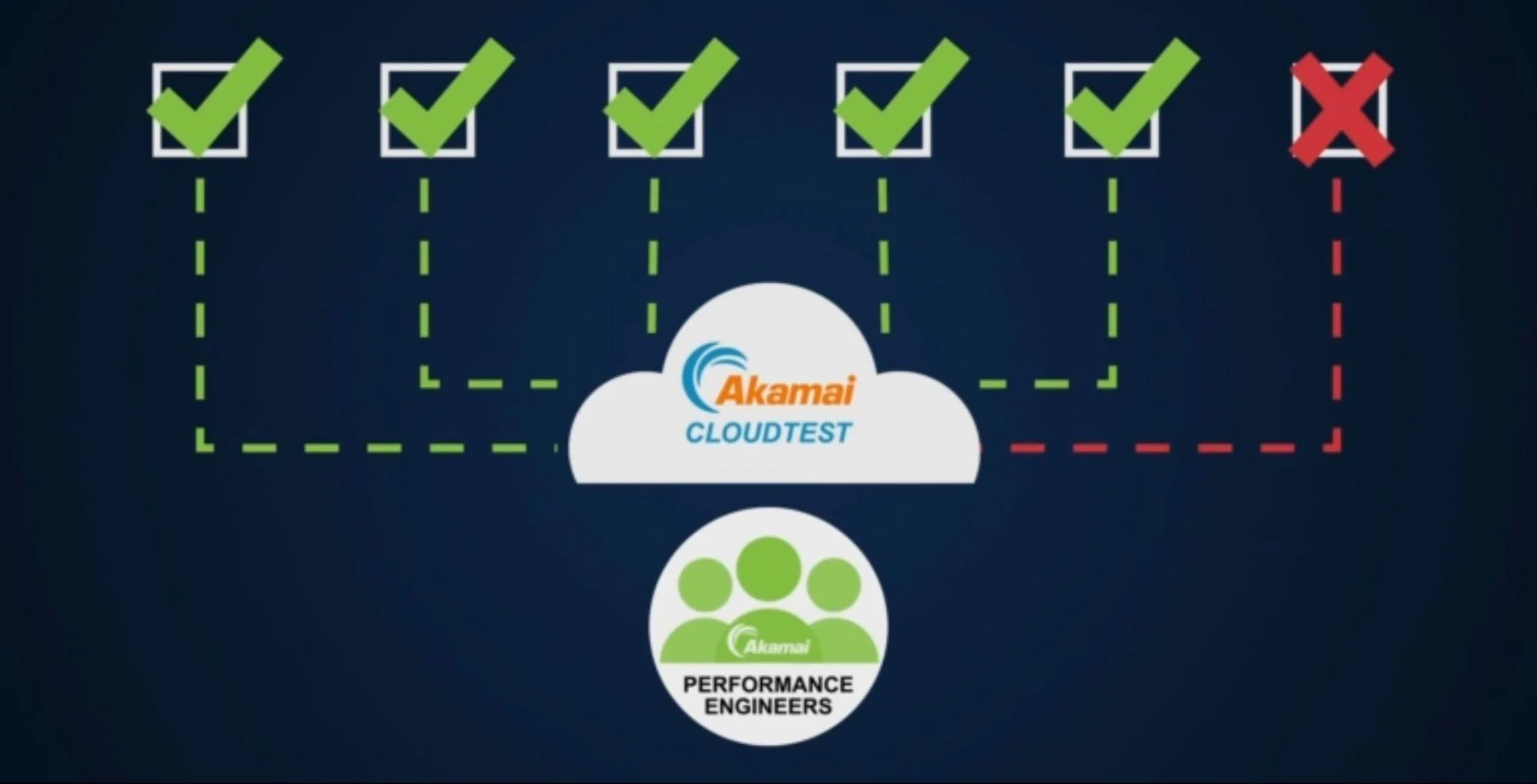
CloudTest is a performance testing product by Akamai Technologies. It allows engineering teams to mimic real life situations during the development process. Its ability to handle complex tests at a large scale ensures application reliability and performance.
Engineering teams can simulate many virtual users accessing their applications at once. This allows them to detect potential performance issues before they impact end users. This feature is important for applications that require managing large amounts of traffic. It ensures they stay steady and quick during peak usage.
CloudTest provides real time analysis and reporting. Engineering teams receive real time insights on application performance. This in-depth analysis helps them identify performance issues quickly. They can also use the data to make informed decisions to improve their applications.
CloudTest is also compatible with other DevOps tools. It integrates with CI/CD pipelines to allow engineering teams to add performance testing to their process. This ensures that any performance issues are identified early in the development cycle.
10. Terraform
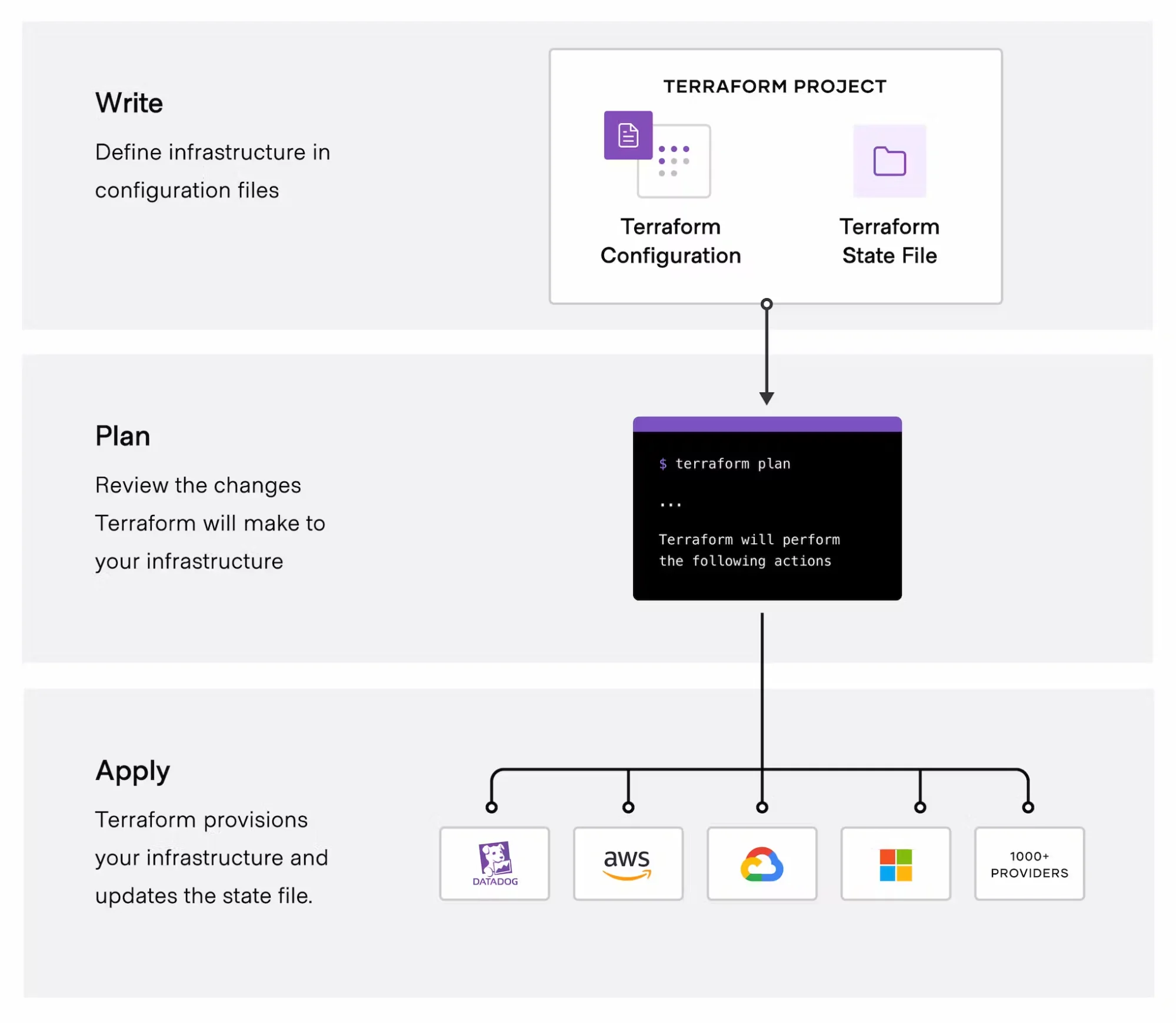
Terraform is an infrastructure-as-code (IaC) software developed by HashiCorp. Its configuration language, HashiCorp Configuration Language (HCL), makes it easy for teams to define their infrastructure in code. This approach simplifies infrastructure management while also improving collaboration and version control.
The tool can manage and automate complex infrastructure setups across many cloud providers. This flexibility allows teams to avoid vendor lock-in and choose the best cloud services for their needs.
Terraform also automates infrastructure provisioning and management. It allows teams to define their infrastructure once and consistently apply the same setup to create identical environments. This automation reduces the risks of human error and warrants consistency.
11. Puppet
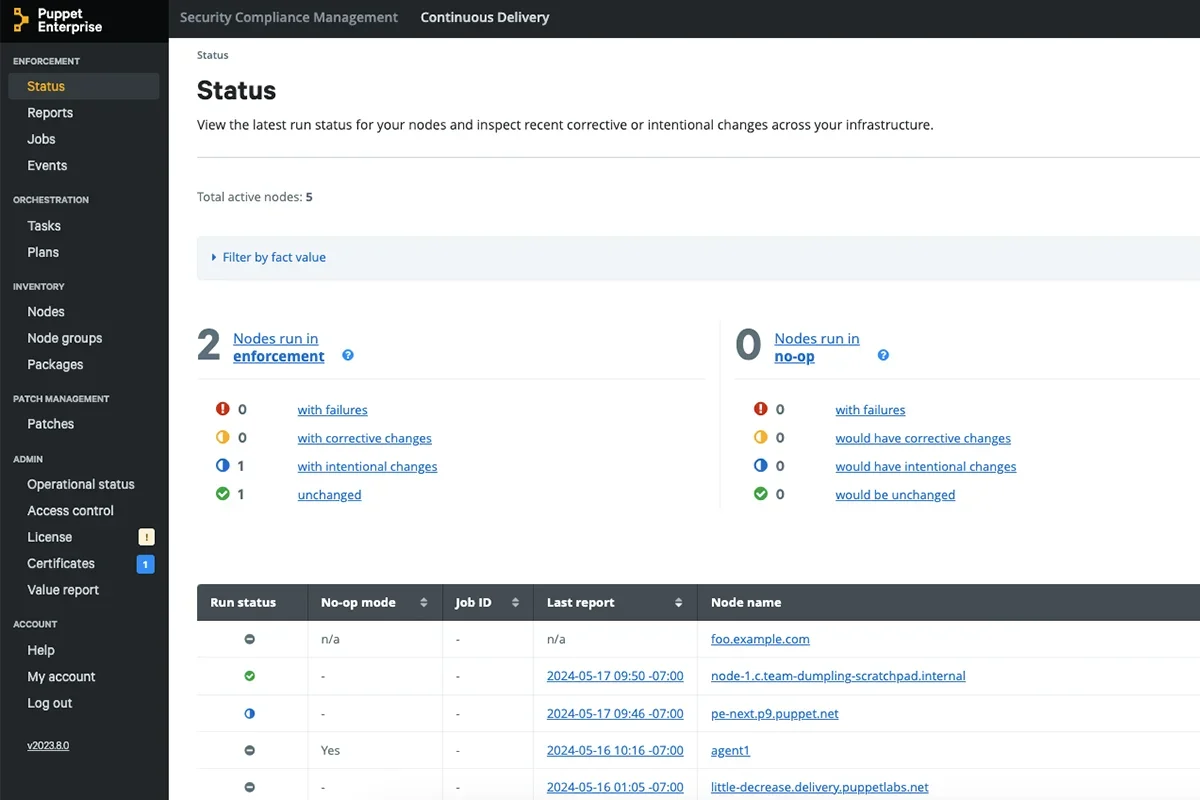
Puppet is a configuration management tool. It helps engineering teams automate deploying, configuring, and managing their IT infrastructure.
Its declarative language allows teams to define the desired state of their infrastructure. This ensures all managed nodes follow these configurations, keeping systems consistent and meeting defined standards.
Puppet is scalable and flexible. It is compatible with Windows, Linux, and Unix and integrates with major cloud providers. This compatibility enables teams to handle various environments with one tool. Puppet’s modules and plugins extend its functionality. They provide teams with ready-made solutions for common tasks.
Puppet also supports cloud automation and orchestration. Its automation features help engineering teams deploy applications and updates faster and reliably. The tool’s orchestration features help teams to synchronize complex workflows.
Unleash the Power of Cloud Automation with CloudZero
CloudZero is an all-in-one cloud automation platform. As a FinOps-certified platform, it uses real time cost allocation to be audit-ready at all times. For engineers, it provides detailed cost insights, ensuring that every decision is cost-effective.
For DevOps teams, CloudZero streamlines operations by integrating cost management into their workflow.
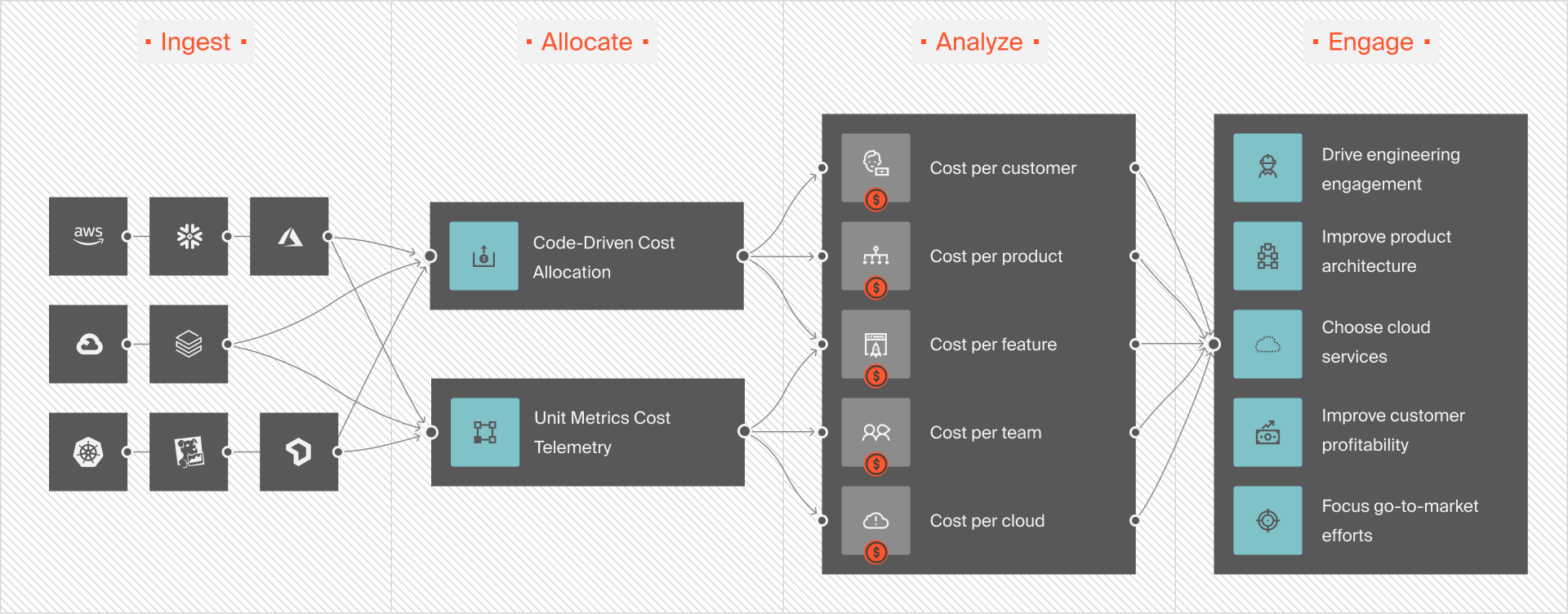
For even deeper insights and control over cloud costs, CloudZero:
- Breaks down costs to granular levels for precise tracking and optimization.
- Uses granular tags to allocate costs accurately across projects and teams.
- Provides real time insights to engineers, helping them stay within budget.
- Helps predict future costs, enabling proactive budget management.
Companies like Upstart, Rapid7, Malwarebytes, and Drift have achieved significant savings with CloudZero. Ready to transform your cloud cost management?  to explore CloudZero in action.
to explore CloudZero in action.

